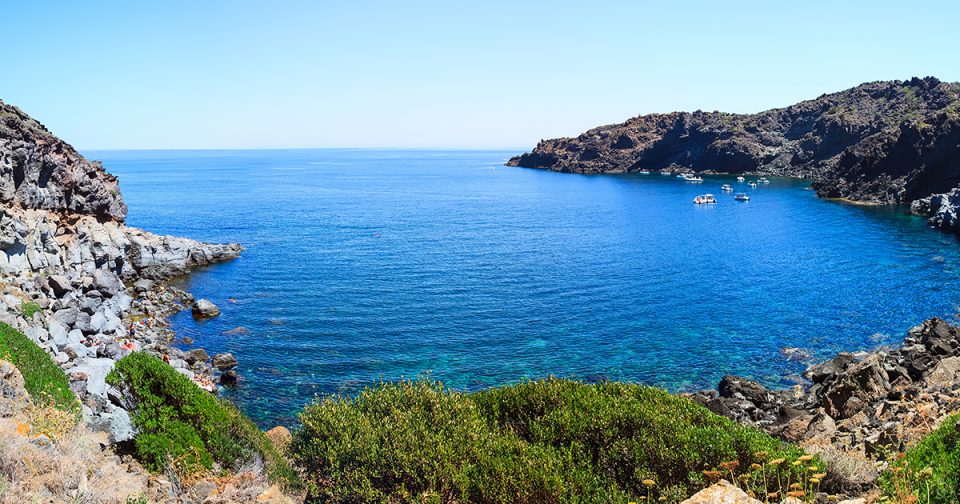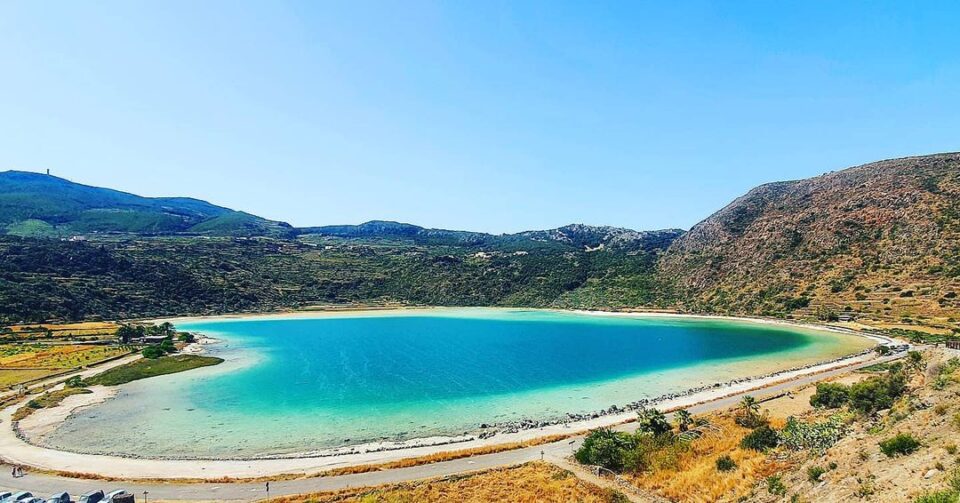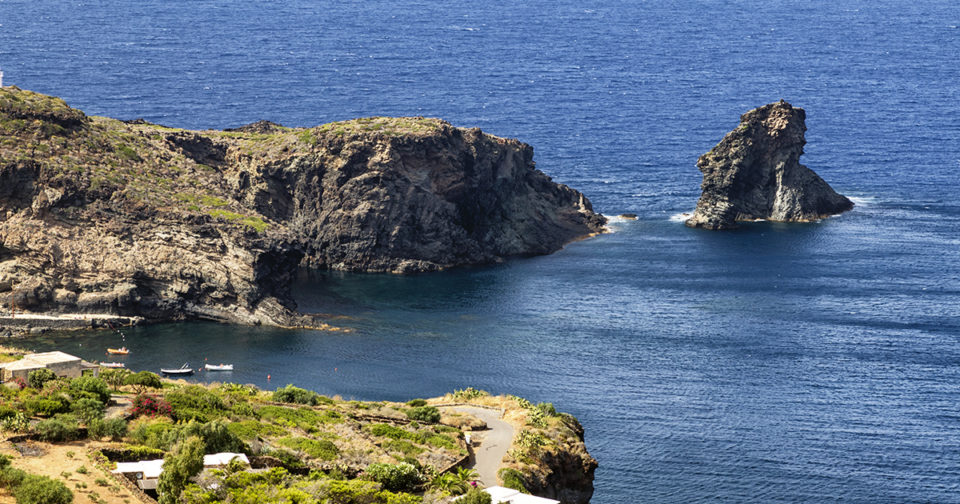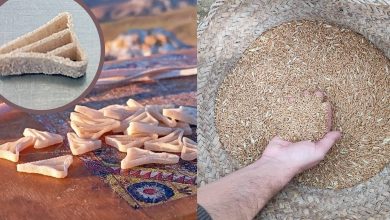Pantelleria, “figlia del vento”: la straordinaria perla nera del Mediterraneo
Un’isola speciale, unica, di una bellezza e di una particolarità tutte sue. Non è mai affollata neanche in agosto. Qui si può vivere una vacanza in cui è protagonista la natura con i suoi colori, i suoi suoni e i suoi profumi, un misto di capperi, mirto, corbezzolo ed erica che inebriano e stordiscono. Qui sono assicurate vacanze fuori dal caos. E’ una terra che non vi fa sentire ospiti e turisti ma vi accoglie come persone facenti parte della loro comunità.

Pantelleria, appartenente alla provincia di Trapani, sorge tra l’Africa e l’Europa. É distante circa 60 km dalla costa tunisina e 80 da quella siciliana. Isola dell’Isola madre, non fa parte di alcun arcipelago, è la più grande isola della Sicilia con i suoi 83 kmq.
E’ un’isola di origine vulcanica la cui ultima attività sismica, ormai lontana, si fa risalire al 1891 ma possiamo affermare che la sua vita geologica non è mai cessata; testimonianza di ciò sono piccoli fenomeni vulcanici secondari, le Favare, abbastanza frequenti e le Cardarelle che le conferiscono un fascino particolare oltre alla presenza del lago di Venere con acque sulfuree.

Il punto più alto dell’isola è di 863 m. ed è la cima della Montagna Grande. In questa terra ci sono rocce ricche di materiali sodici, tipo di rocce che esistono solo qui ed è per questo che è stato dato loro il nome di Pantelleriti, richiamo all’isola che le ospita. Studiando tali rocce è stato possibile risalire alle loro origini e a datare la nascita di quest’isola.
Il territorio dell’isola deve la sua conformazione, oltre che agli effetti dei fenomeni vulcanici, anche alla presenza dell’uomo che nei secoli ha dovuto combattere contro il vento e la siccità.
L’uomo ha saputo trarre il meglio da questo territorio e ha aggirato le condizioni apparentemente avverse trasformandole in favorevoli. Così ha costruito per l’agricoltura tutta una serie di terrazzamenti creando un’opera di straordinario valore con i tipici muretti a secco.

Ha realizzato quelli che sono veri e propri gioielli della natura, i ben noti giardini panteschi, come delle fortificazioni messe a protezione degli alberi di agrumi, contro i venti. Ha costruito i Dammusi, dall’arabo damus, poi domus in latino, tipiche strutture abitative con la particolare forma cubica, sormontata da una speciale cupola usata anche per mettere a seccare i prodotti agricoli ma, soprattutto, strutturata in modo da poter raccogliere l’acqua piovana dato che i bordi del tetto sono più rialzati e creano una sorta di canaletta tra loro e la cupola. Questo consente di non disperdere l’acqua piovana e raccoglierla meglio nella kannalata e nella jisterna durante i periodi piovosi così da averne riserva per i periodi di siccità.



